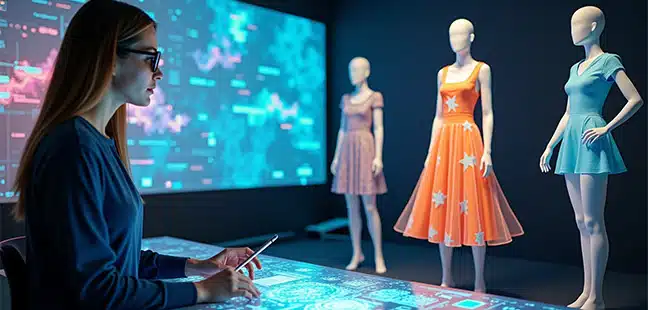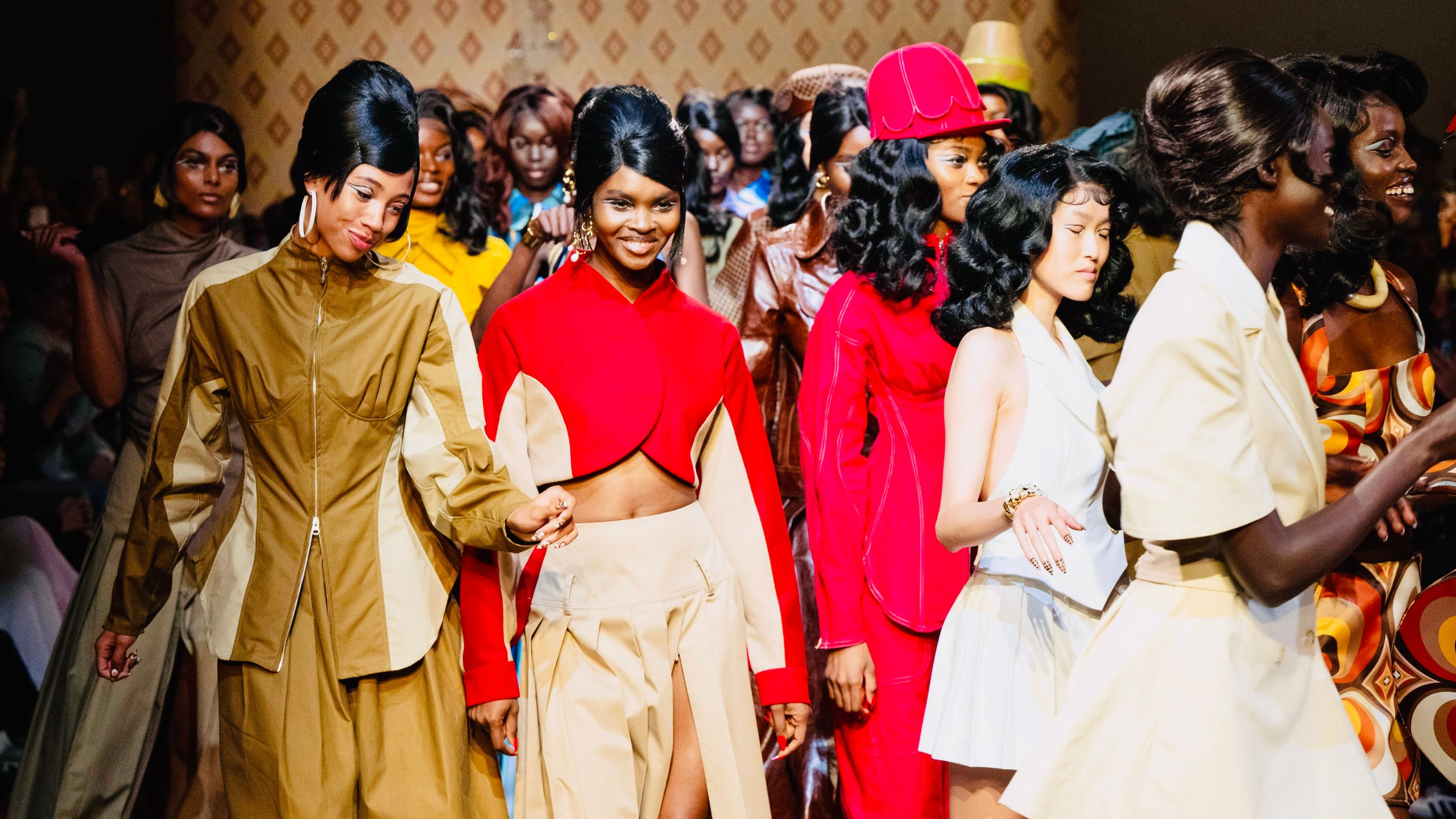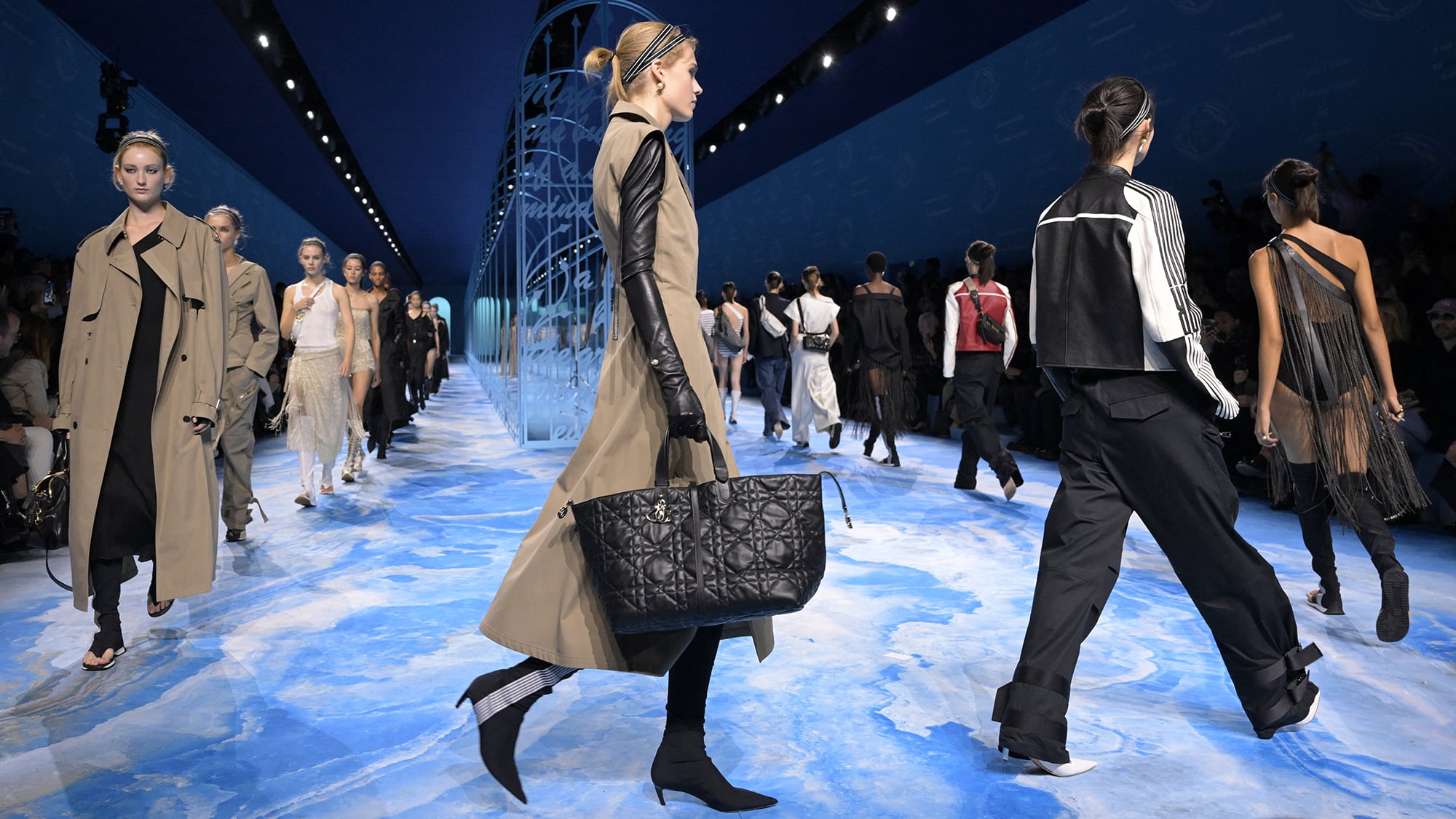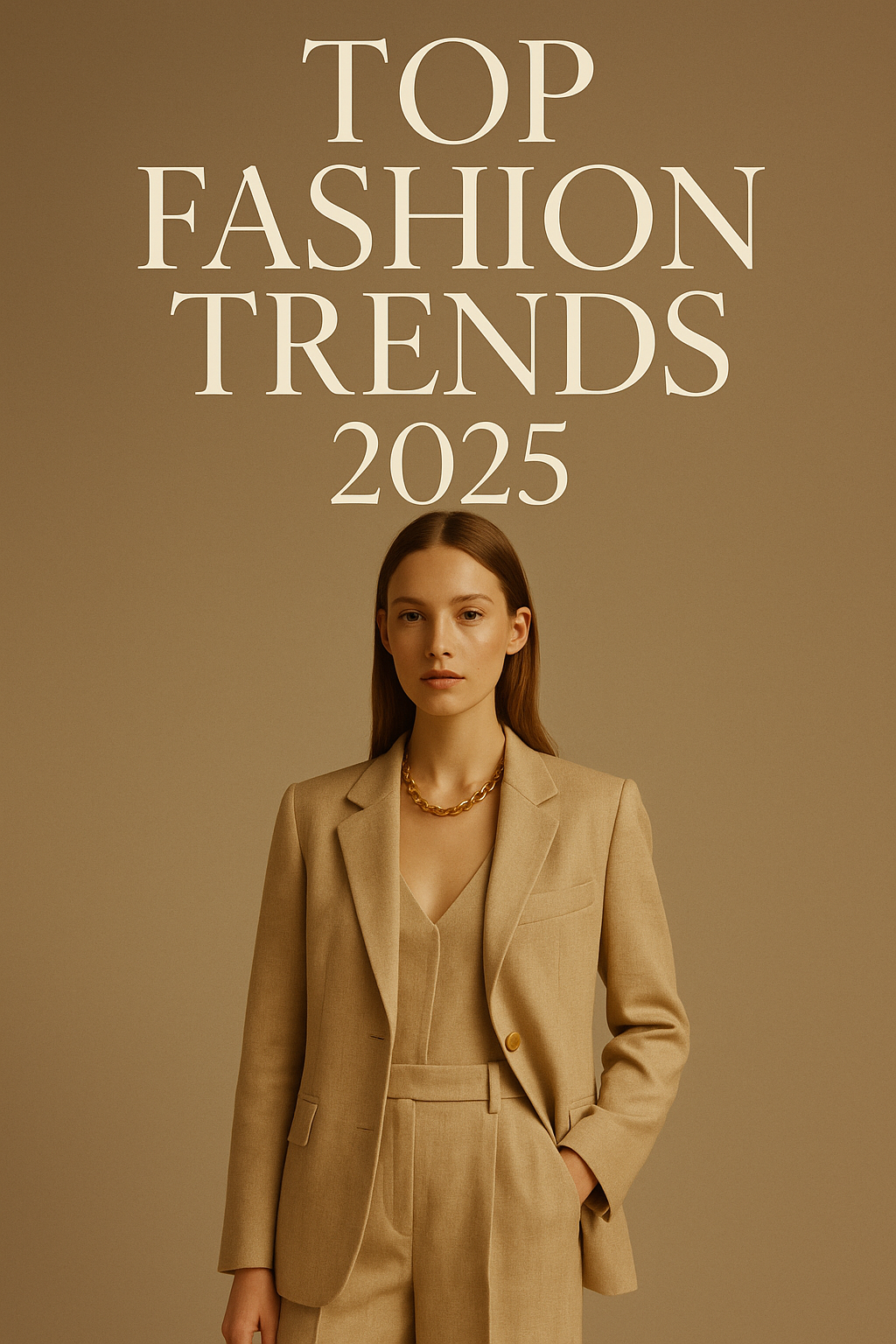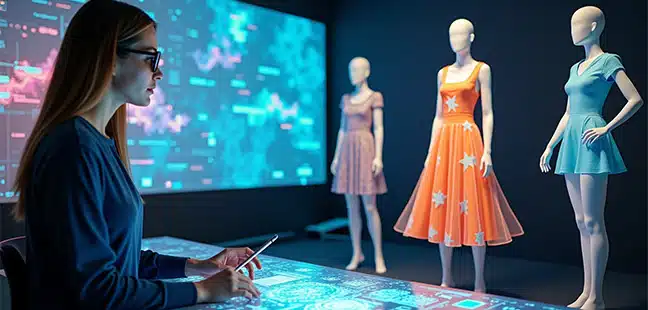
Introduction
In 2025, the line between technology and couture has blurred beyond recognition. Artificial intelligence (AI) isn’t just a backroom tool for analytics anymore—it’s now an essential creative partner in the world of fashion design. From predictive trend modeling to smart fabrics that react to temperature, AI fashion design is redefining how garments are imagined, produced, and experienced.
Publications like Wired and Vogue Business have both spotlighted this fusion, noting that the next frontier of fashion innovation is not in the runway but in the algorithm. AI’s ability to synthesize data, generate original patterns, and forecast aesthetic shifts has made it the newest muse for designers across Paris, New York, and Tokyo.
The Rise of AI Fashion Design
Just a few years ago, AI in fashion was confined to basic automation—optimizing supply chains, personalizing shopping experiences, or identifying counterfeit items. But in 2025, fashion houses now use machine learning tools like DeepTextile and PatternMind to conceptualize entire collections. These systems can analyze color psychology, environmental data, and past design archives to propose silhouettes and materials that match both market demand and artistic vision.
Luxury brands such as Balenciaga and Iris van Herpen have already integrated AI co-design platforms, producing garments that feel part human, part machine. According to Vogue Business, “AI’s most profound influence is not in efficiency—it’s in imagination.” Designers can input emotional parameters like “nostalgia,” “rebellion,” or “futurism,” and the AI generates dozens of pattern interpretations. The result: couture that reflects both human emotion and machine logic.
Fabric Innovation: The Smart Material Revolution
If fabric was once a static medium, 2025 has turned it into a living interface. The fusion of nanotechnology and AI has given rise to “smart textiles” that adjust based on body temperature, humidity, or even the wearer’s mood.
Imagine a dress that changes texture when you step outdoors, or a suit that subtly cools itself under hot lights. Researchers at MIT’s Self-Assembly Lab and companies like Bolt Threads are using AI to simulate molecular interactions before a single fiber is spun. This predictive modeling accelerates material R&D, reducing waste and allowing designers to experiment virtually before physical prototyping.
Sustainability remains a core driver. Wired reports that AI-optimized weaving techniques have reduced textile waste by up to 30%. Fashion houses now simulate entire fabric behaviors digitally—how it drapes, stretches, or responds to dye—long before committing to production. This means fewer samples, fewer carbon emissions, and an increasingly circular approach to design.
Virtual Couture: The New Runway Frontier
Runways are no longer limited to Paris, Milan, or New York—they now exist in immersive digital realms. “Virtual couture” represents one of the most stunning outcomes of AI fashion design. In these spaces, garments defy gravity, blend physical textures with pixels, and are worn by avatars that move with uncanny realism.
AI tools such as CLO3D, DressX AI Studio, and Adobe Firefly Fashion allow designers to prototype, render, and showcase entire collections digitally. According to Vogue Business, brands using AI-based 3D design have reduced development time by up to 60%, while expanding access to global audiences who can view collections in VR headsets or AR-enabled mirrors.
The metaverse has evolved into a legitimate commercial ecosystem for fashion. Virtual garments are now collectible NFTs, often designed with AI assistance, coded for rarity, and tradable across multiple virtual worlds. Major luxury brands like Gucci and Louis Vuitton are collaborating with AI artists to produce hybrid couture pieces—half physical, half digital—that exist simultaneously on the runway and online.
AI as the Designer’s Muse
AI is not replacing the designer—it’s redefining what it means to design. The relationship is symbiotic: humans offer intuition, narrative, and emotion, while AI brings data precision and infinite variation. Together, they create a creative ecosystem where fashion becomes an iterative dialogue between imagination and computation.
For instance, Berlin-based label Synthread uses neural networks trained on historical art and streetwear archives to propose new forms of draping. In Los Angeles, AURA Studio collaborates with AI systems to test how color gradients shift under varying lighting conditions, producing fabrics that visually evolve as the wearer moves.
These innovations mark a shift from the artisan-as-author to the artisan-as-curator—someone who guides, edits, and refines AI’s outputs into meaningful design. It’s an approach that invites philosophical reflection: when creativity becomes co-authored with a machine, where does originality truly lie?
Future Predictions: Where Fashion and AI Converge Next
The next decade of AI fashion design will push boundaries even further. Expect real-time design systems that adapt to consumer input, allowing customers to co-create clothing with their favorite brands. AI-powered tailors could measure your body virtually through phone sensors and produce bespoke garments shipped within days—no fitting required.
Sustainability will remain the key agenda. Predictive AI will forecast trends years ahead, ensuring production aligns with real demand, minimizing overstock. Meanwhile, quantum computing may accelerate design simulations to near-instant speed, allowing entire collections to be virtually tested overnight.
On the consumer side, wearable AI will personalize fashion dynamically: clothing that syncs with mood-tracking apps, adjusts fit after meals, or shifts color to match digital environments. According to Wired, this integration of biosensors, fashion, and AI will transform clothing into “an extension of the nervous system—a fabric that feels and thinks.”
Conclusion: The Art of the Algorithm
In 2025, AI isn’t just changing fashion—it’s teaching the industry how to dream differently. AI fashion design is both a revolution in aesthetics and a meditation on authorship. It challenges us to see creativity as collaboration, not competition.
When technology and tailoring merge, we enter a world where fabrics whisper, algorithms imagine, and designers orchestrate the dialogue between emotion and machine logic. The result is a new kind of couture—one not bound by thread or pixel, but woven from the infinite possibilities of intelligence itself.

